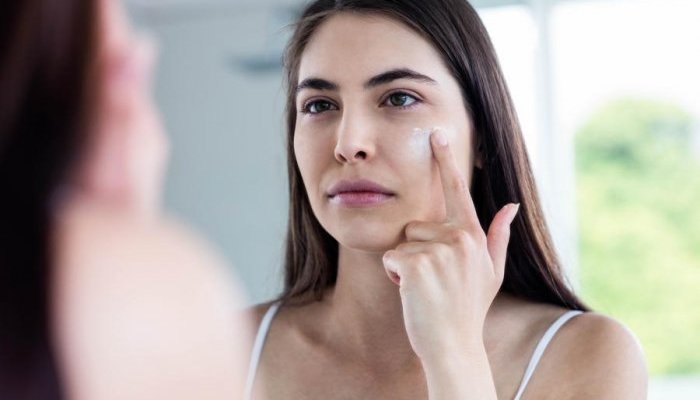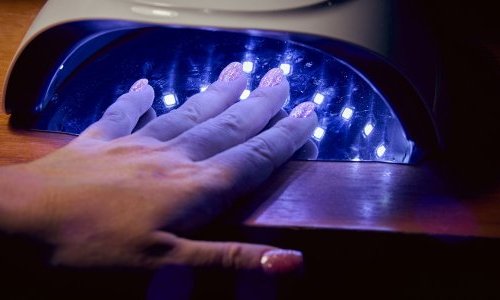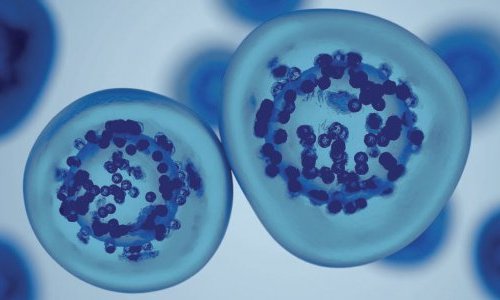A chronic disease that can be disabling, endometriosis is characterized by "the presence outside the uterine cavity of tissue similar to the uterine lining which will be affected by hormonal changes during each subsequent menstrual cycle," according to the EndoFrance association. Affecting one in ten women of childbearing age, the disease is most often responsible for chronic pain, but also in some cases of infertility.
A team of researchers from the University of Granada and the San Cecilio Hospital in Granada has investigated the possible role of endocrine disruptors, substances capable of mimicking or blocking the natural action of hormones, in the development of endometriosis.
"Although the exact causes of its appearance are not known, a diverse range of factors are suspected of being involved, including genetic, epigenetic, and environmental causes , with hormones appearing to play a key role," explain Olga Ocón and Francisco Artacho, who worked on the study [1].
Urinary levels of parabens and benzophenones
Concretely, the scientists sought to measure internal levels of various types of parabens and benzophenones [2], a series of substances that are suspected of being endocrine disruptors, in 124 women with and without endometriosis, recruited via public hospitals in the city of Granada, and collected information on each woman’s use of cosmetics and beauty products.
Verdict: the study reveals a link between the frequency of use of cosmetic and personal care products and high urinary levels of parabens and benzophenones. So far, there’s nothing new, several studies have already established this kind of correlation.
However, the Spanish researchers added that they also observed an association between high levels of parabens and benzophenones and a higher risk of endometriosis.
These results add to those of another recent study, this time concerning the possible implication of bisphenol A (which is not a cosmetic ingredient) in the development of the disease.
Based on the principle that it is still difficult to establish a diagnosis of endometriosis, and that there is no treatment to effectively cure the disease, the researchers warn of the need to implement preventive measures to reduce exposure to these various substances. In particular, it would be advisable to turn to beauty products that are free of endocrine disruptors. However, as endometriosis has complex and multifactorial origins, they point out that further studies are needed to corroborate these findings.





























